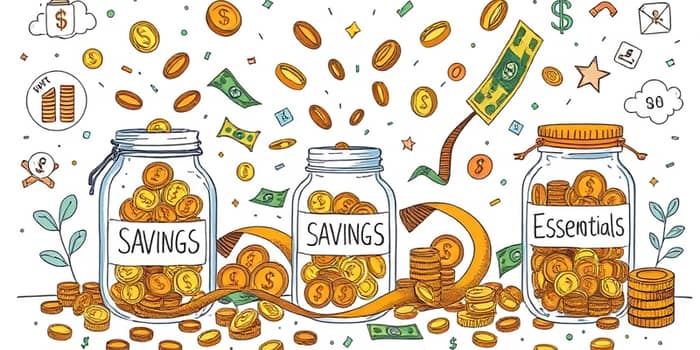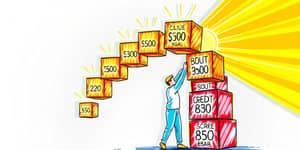
Finding a budgeting approach that fits your lifestyle can transform the way you manage money. This guide will inspire and equip you to design a budget that flows naturally with your goals, values, and daily life.
Understanding where every dollar goes gives you a powerful foundation for sound decision-making. A clear framework helps you better control over your money and direct it toward what truly matters.
Research shows that having a plan in place can reduce financial stress over time and curb the impulse to overspend. Whether you’re saving for a large purchase or paying down debt, budgeting provides the roadmap.
In 2025, people are more motivated than ever to align spending with priorities. Banks and financial experts emphasize the importance of budgets in meeting both short- and long-term objectives, including emergency savings and retirement contributions.
Establishing clear, measurable targets is the first step toward sustainable budgeting. The SMART framework ensures your objectives are:
Examples of SMART goals for 2025:
Building a practical budget involves four key phases: assessment, tracking, goal-setting, and method selection. Breaking tasks into manageable steps makes the process less daunting.
Assess Your Current Situation: List all income streams using net income figures. For those with irregular paychecks, average earnings over the past 6–12 months for a reliable estimate.
Track Your Spending: Review bank and credit statements or use digital tools to categorize expenses. Distinguish fixed costs like rent and utilities from variable spending such as dining out or entertainment.
Account for Irregular Expenses: Car repairs, holiday gifts, and annual subscriptions can be averaged over 12 months so you won’t be blindsided by sudden costs.
Select Your Budgeting Method: Popular approaches include:
Leveraging technology can streamline your budgeting routine, reduce manual work, and provide real-time insights.
For those who prefer manual methods, downloadable worksheets and templates can be just as effective when updated regularly.
Consistency is built through small, repeatable actions. Try these strategies to stay on track:
Even the best plans encounter obstacles. Tackling them with resilience keeps your financial momentum strong.
Dealing with irregular income? Base your budget on the lowest recent month or calculate a conservative average. This approach ensures you never overcommit resources.
Unexpected expenses can derail progress. By building an emergency fund of three to six months’ essential costs, you create a financial cushion that absorbs shocks without compromising your primary budget.
Setbacks are learning opportunities, not failures. Analyze what went off track, tweak your allocations, and recommit to your objectives. This cycle of reflection and adjustment promotes long-term success.
The concept of prioritize values-based spending decisions has emerged as a leading trend. Instead of viewing budgeting as restrictive, consider it a framework that channels your resources toward what brings genuine fulfillment.
Adoption of digital wallets, automated savings, and analytics-driven insights will continue to rise. Staying informed about new tools and features can enhance your control over every aspect of your finances.
The aim is to achieve a state of financial flow, where income, expenses, and savings operate in harmony and support a meaningful life journey.
Kickstart your budgeting journey with a clear 30-day action plan. Follow these steps to build momentum and develop lasting habits:
By the end of one month, you’ll have a functioning budget, actionable insights, and newfound confidence in managing your money.
Remember, budgeting is not a one-time event but a dynamic process. Regular reflection and adaptation ensure that your financial plan continues to serve your evolving needs and aspirations.
Embrace the challenge, trust the process, and watch how small changes compound into significant results. Your financial flow awaits—it’s time to dive in and thrive.
References













